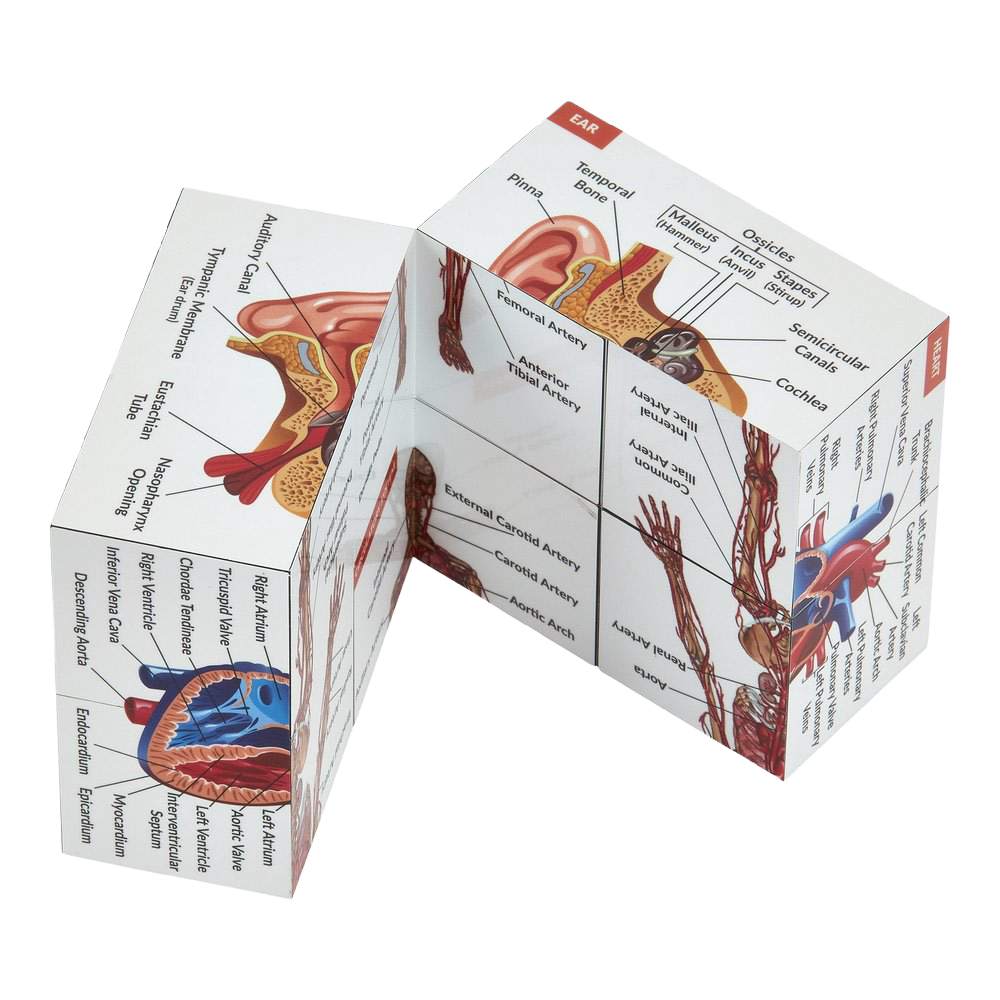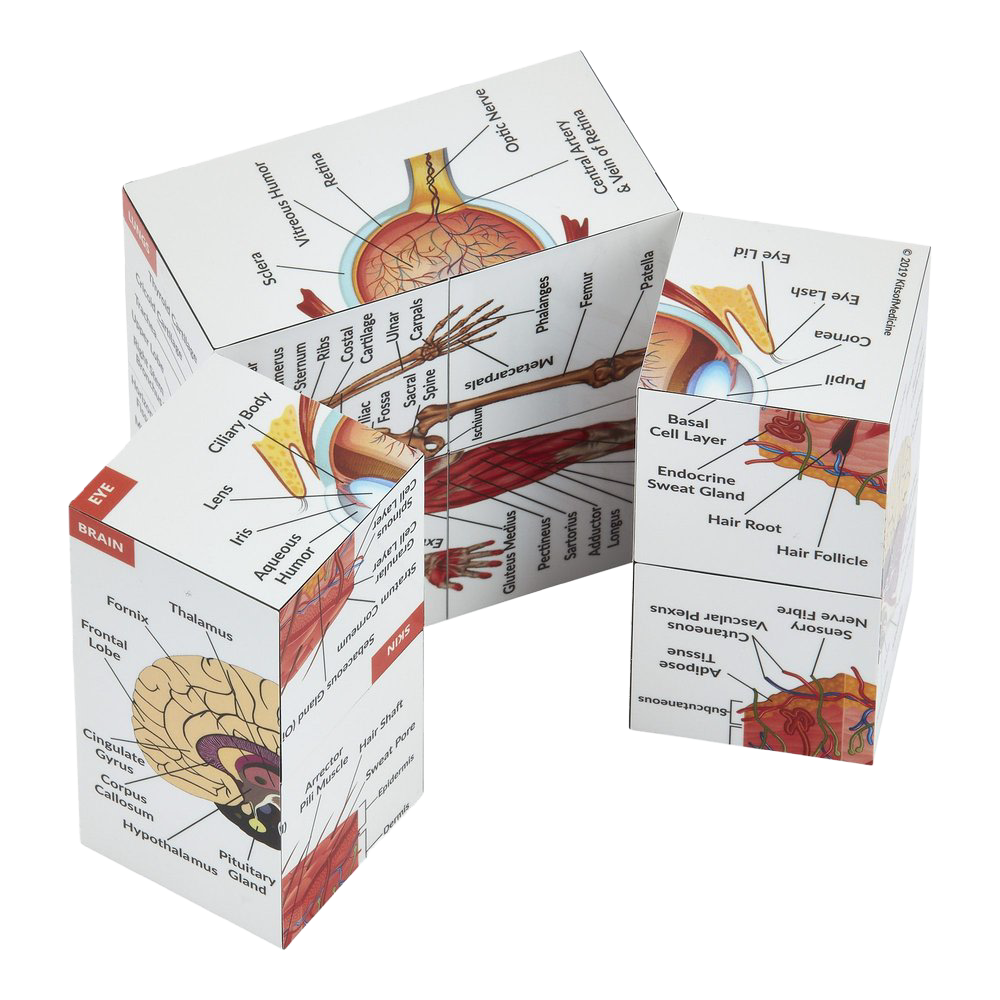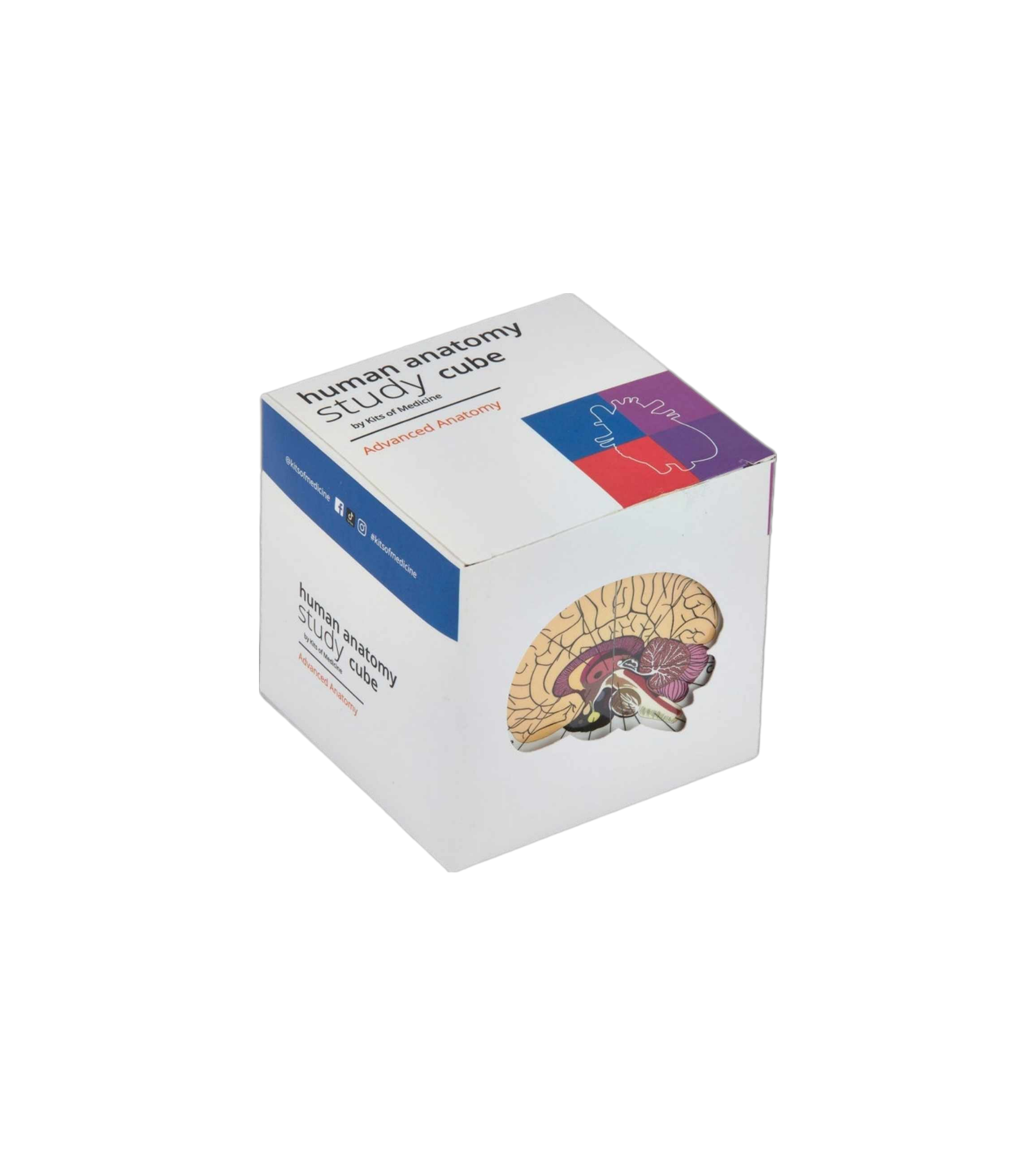 Image 1 of 1
Image 1 of 1


Clinical ECGs in Paramedic Practice
Overview:
Written specifically for paramedics and prehospital professionals, this bestselling title is a full-colour, concise and easy-to-use guide to cardiac electrophysiology and ECG interpretation. Topics range from fundamental ECG interpretation and the basics of cardiac anatomy, to arrhythmia recognition and 12-lead ECG interpretation, all presented in independently accessible sections. Information on clinical signs and symptoms, underlying causes and differentials, and management decisions for each presentation, places your ECG learning firmly within the context of wider clinical knowledge and experience. Practice ECGs and case-based scenarios enable you to consolidate this learning.
Applying ECG interpretation to paramedic practice and clinical presentations, this book is an essential resource for both students who are new to the subject as well as prehospital professionals hoping to expand and consolidate their knowledge.
Key features include:
Over 100 practice ECGs, including 25 case-based scenarios
A new ECG Interpretation Tool that includes clinical considerations
Full colour and easy-to-understand format
Evidence-based and in line with current UK guidelines
Specifically written for paramedics, student paramedics, ambulance staff and others working in the out of hospital setting
Table of Contents:
About the Author
Acknowledgements
Foreword
Introduction
How to Use this Book
The Golden Rule
Section 1 Fundamentals of Cardiac Function and ECG Interpretation
Physical Heart Function, Electrical Heart Function and the Cardiac Cycle
ECG Interpretation
Clinical Information-Gathering and Formulating a Working Diagnosis
The Cardiac Arrest Rhythms
Section 2 Arrhythmias (Rate and Rhythm Problems)
Rate-related Problems
Rhythm Problems
Section 3 12-Lead ECG Problems
Cardiac Muscle Damage
Left Ventricular Hypertrophy
Bundle Branch Blocks
Other ECG Abnormalities
Section 4 Consolidation Practice ECGs and Case Scenarios
Appendices
Appendix 1 Obtaining a 12-Lead ECG
Appendix 2 Paediatric ECGs
Appendix 3 Human Factors in ECG Interpretation
Index
Overview:
Written specifically for paramedics and prehospital professionals, this bestselling title is a full-colour, concise and easy-to-use guide to cardiac electrophysiology and ECG interpretation. Topics range from fundamental ECG interpretation and the basics of cardiac anatomy, to arrhythmia recognition and 12-lead ECG interpretation, all presented in independently accessible sections. Information on clinical signs and symptoms, underlying causes and differentials, and management decisions for each presentation, places your ECG learning firmly within the context of wider clinical knowledge and experience. Practice ECGs and case-based scenarios enable you to consolidate this learning.
Applying ECG interpretation to paramedic practice and clinical presentations, this book is an essential resource for both students who are new to the subject as well as prehospital professionals hoping to expand and consolidate their knowledge.
Key features include:
Over 100 practice ECGs, including 25 case-based scenarios
A new ECG Interpretation Tool that includes clinical considerations
Full colour and easy-to-understand format
Evidence-based and in line with current UK guidelines
Specifically written for paramedics, student paramedics, ambulance staff and others working in the out of hospital setting
Table of Contents:
About the Author
Acknowledgements
Foreword
Introduction
How to Use this Book
The Golden Rule
Section 1 Fundamentals of Cardiac Function and ECG Interpretation
Physical Heart Function, Electrical Heart Function and the Cardiac Cycle
ECG Interpretation
Clinical Information-Gathering and Formulating a Working Diagnosis
The Cardiac Arrest Rhythms
Section 2 Arrhythmias (Rate and Rhythm Problems)
Rate-related Problems
Rhythm Problems
Section 3 12-Lead ECG Problems
Cardiac Muscle Damage
Left Ventricular Hypertrophy
Bundle Branch Blocks
Other ECG Abnormalities
Section 4 Consolidation Practice ECGs and Case Scenarios
Appendices
Appendix 1 Obtaining a 12-Lead ECG
Appendix 2 Paediatric ECGs
Appendix 3 Human Factors in ECG Interpretation
Index


















